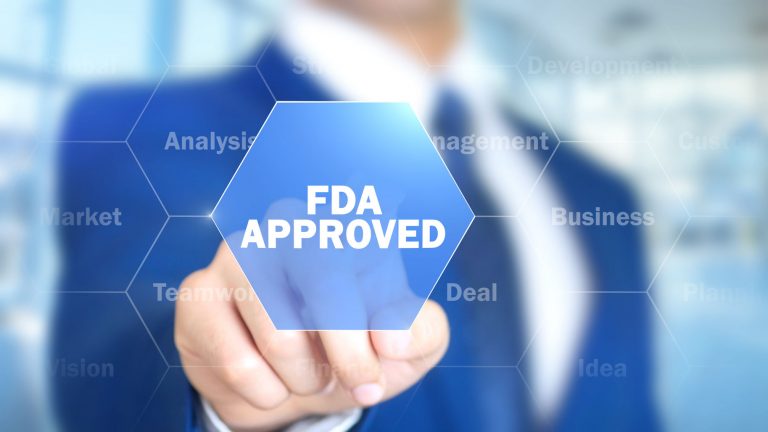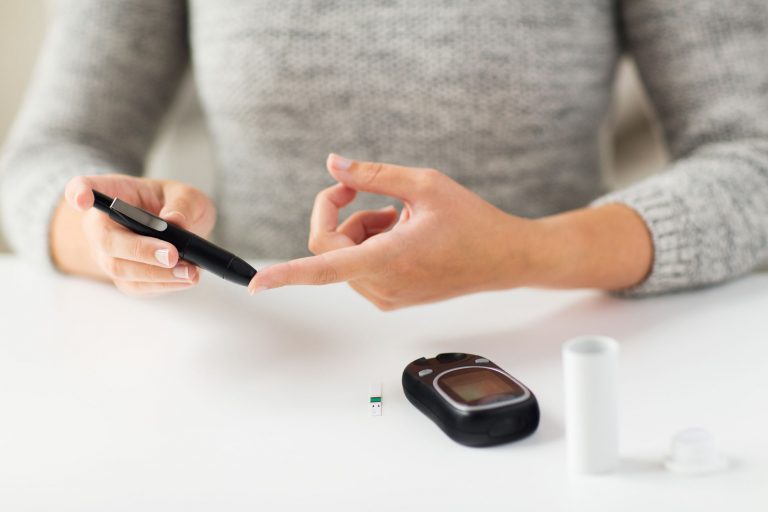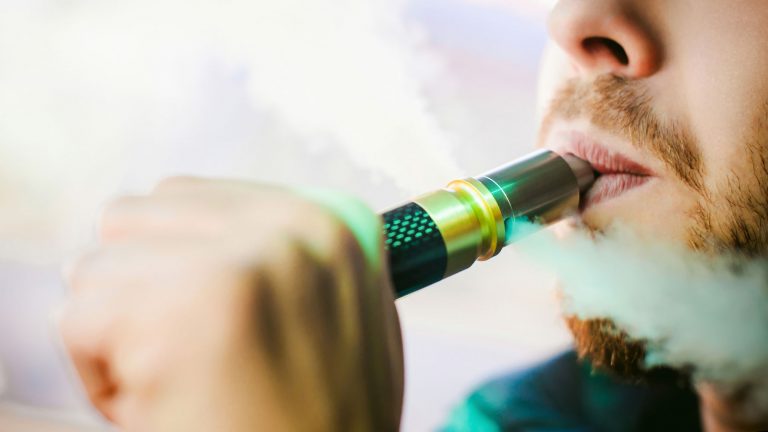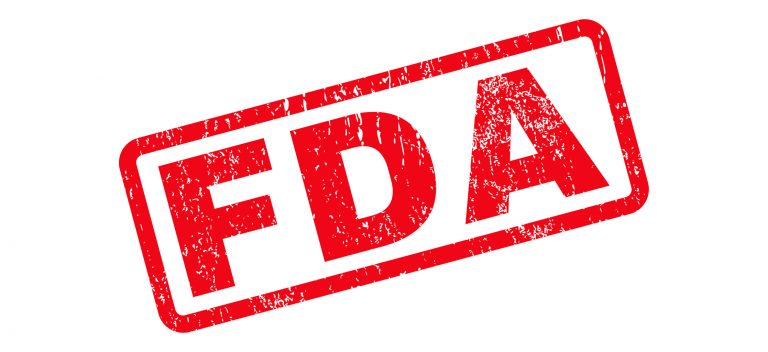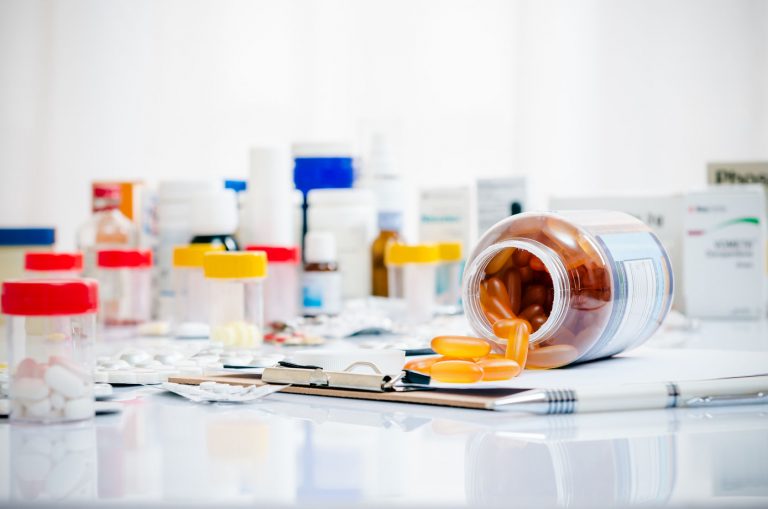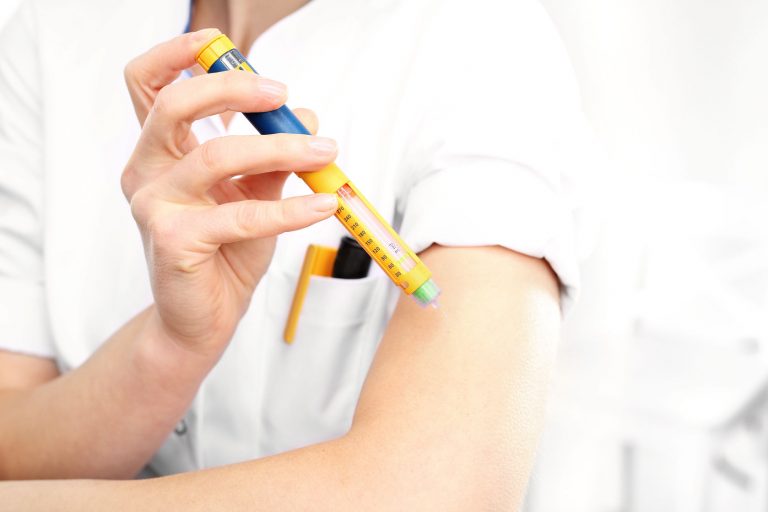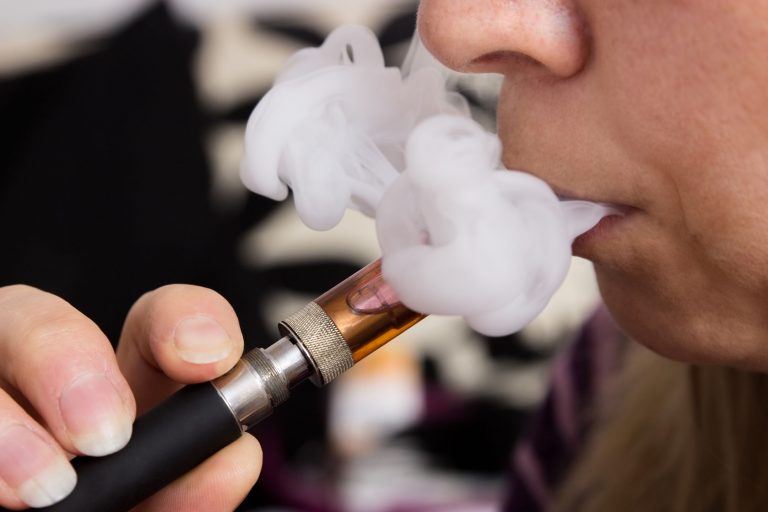After many successful years as a corporate manager, Roger retired in his late sixties to spend more time with family. Three years into retirement, his once energetic and outgoing demeanor deteriorated, and he no longer found interest in things he once enjoyed. Concerned, his physician referred him to a psychiatrist.
During his evaluation, Roger could not recall what day or month it was. He struggled to solve basic subtraction problems and performed poorly on a basic memory exercise. Unfortunately, Roger was diagnosed with Alzheimer’s Disease.
Alzheimer’s is a neurodegenerative condition that slowly robs victims of their memory, speech, and other cognitive abilities. Nearly ten percent of the U.S. population over the age of sixty-five suffers from Alzheimer’s. This concerning figure is expected to increase. By 2050, the number of Americans with Alzheimer’s is expected to more than double, notwithstanding a medical breakthrough.
Fortunately, such a breakthrough may be here.
Recently, drug producer Biogen announced exciting news regarding its experimental drug named aducanumab. After conducting an analysis using an expanded dataset, aducanumab demonstrated the ability to curtail the devastating effects of Alzheimer’s including curbing memory loss and preserving the ability to perform other cognitive functions. These benefits may allow patients to preserve their precious independence and dignity.
Biogen’s pioneering discovery comes during a period when scientists were unable to develop a new drug to treat Alzheimer’s in the previous ten years. The news leaves many hopefully. As Hilary Evans from Alzheimer’s Research UK notes, “People affected by Alzheimer’s have waited a long time for a life-changing new treatment, and this exciting announcement offers new hope that one could be in sight.”
Remarkably, Biogen abandoned trying to get aducanumab approved by the U.S. Food and Drug Administration earlier this year. The project was first abandoned after aducanumab failed the agency’s phase 3 futility analysis. Phase 3 of the FDA’s approval process requires the most time and financial resources in addition to requiring larger sample sizes and more demanding evidence to complete.
However, the expanded dataset, using much larger sample sizes, revealed that patients taking larger doses of aducanumab benefited tremendously. As a consequence, Biogen is resubmitting aducanumab for FDA approval. Allowing the provider to resume the approval process would be highly unusual. Typically drugs require numerous positive trails to advance through phase 3. Currently, aducanumab has one.
However, the agency has approved drugs which did not meet historical standards in the past based on medical need and availability of treatment options. Meetings between the FDA and Biogen also suggest the agency is receptive to resuming testing.
If the FDA allows Biogen to resubmit, it could provide an avenue for future drugs to receive approval without meeting current standards. Consequently, the agency’s approval process could face scrutiny. It would not be the first time. Peer-reviewed research and many case studies highlight weaknesses in the FDAs drug approval approach.
From a policy standpoint, shortcomings in the approval process can make U.S. patients significantly worse off by delaying or failing to approve drugs based on the fragility of statistical findings. In her book Death by Regulation, author Mary Ruwart notes that although eighty-two percent of new drugs begin testing in the United States, only twenty-five percent are first introduced there. Instead, many of these drugs became available to patients in the United Kingdom years before they are fully approved in America. With over 850,000 British citizens who have Alzheimer’s and Biogen also seeking approval in the U.K., history may soon repeat itself.
Biogen plans to submit a license application to the FDA in early 2020. From there, it is up to the FDA whether to allow Biogen’s pioneering drug to resume its path to approval or seek approval elsewhere. I sincerely hope exceptions are made. The quality of life for millions hang in the balance.
